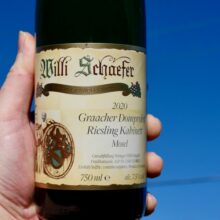
Product information
Willi Schaefer Graacher Domprobst Riesling Kabinett 2020
$77
Description
AP: 03 21. The 2020er Graacher Domprobst Riesling Kabinett was fermented down to fruity-styled levels of residual sugar. It offers an incredibly subtle feel of pear, cassis, bergamot, white flowers, vineyard peach, wet stone, and fine subtle smoky elements. The wine is stunningly vibrant, subtly multi-layered with ripe and citrusy fruits, but, above all, incredibly light-footed on the palate. The finish is all about elegance and finesse. This stunning Kabinett is clearly still on the backward side but the airy finesse is simply stunning. This brings us right back to the glorious 1990s! 2030-2050
Mosel Fine Wines 95 Points
Tasting through a kinda boring Rizza line up one day my nostrils pricked up when I landed on Willi Schaefers gear. That little spark ignited! Schaefer’s Graacher Domprobst gear is impressive stuff!
Schaefer’s use of 1,000L old barrels with extended time on lees harmonises the wines, and adds that extra dimension of joy!
In stock



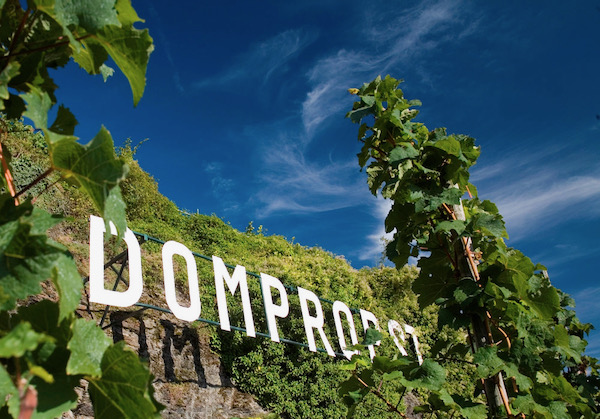
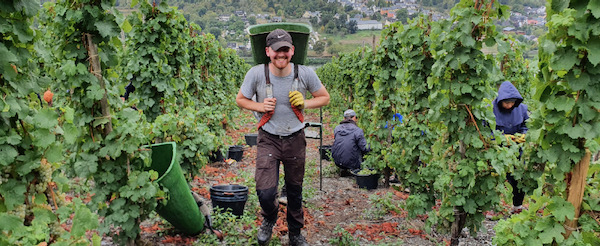


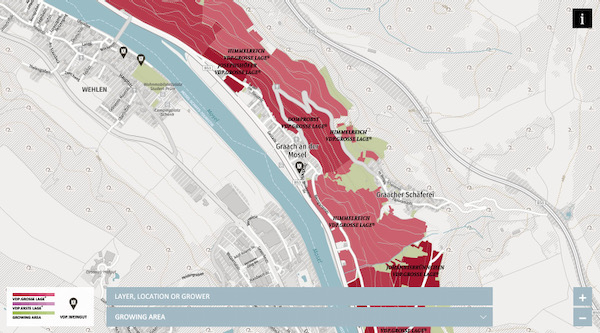
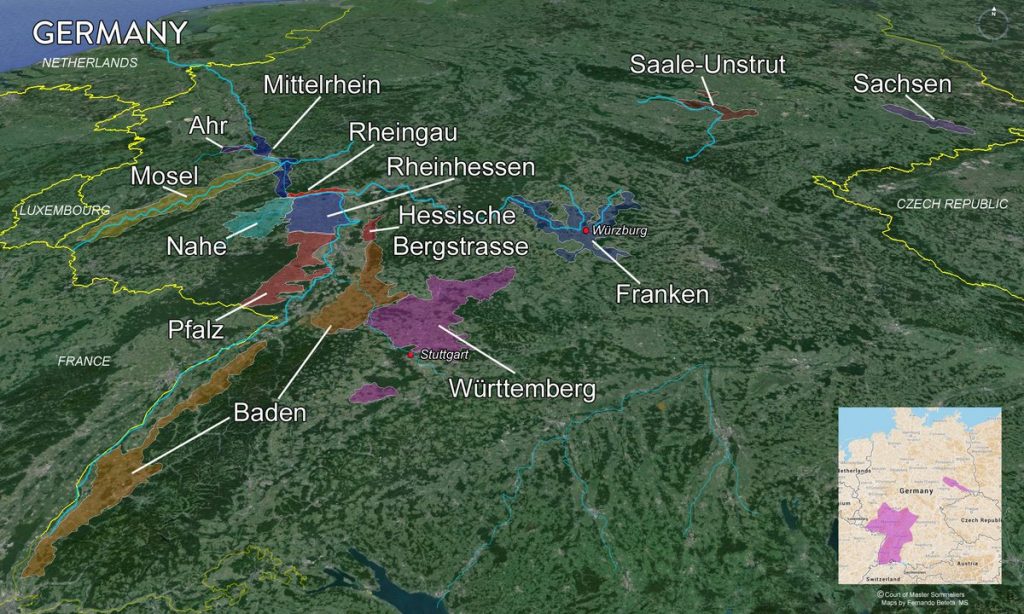
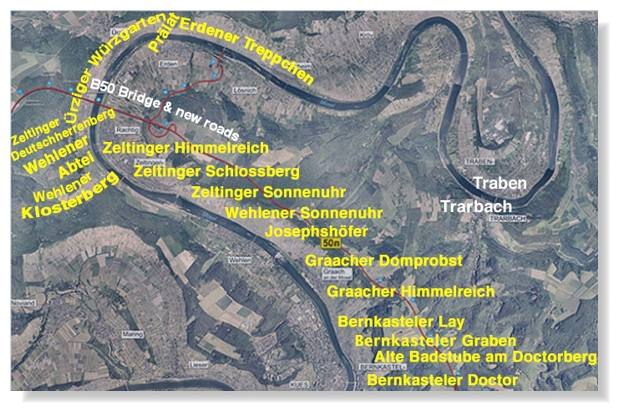



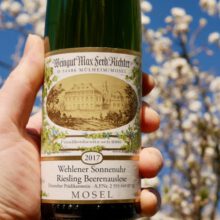
You must be logged in to post a comment.